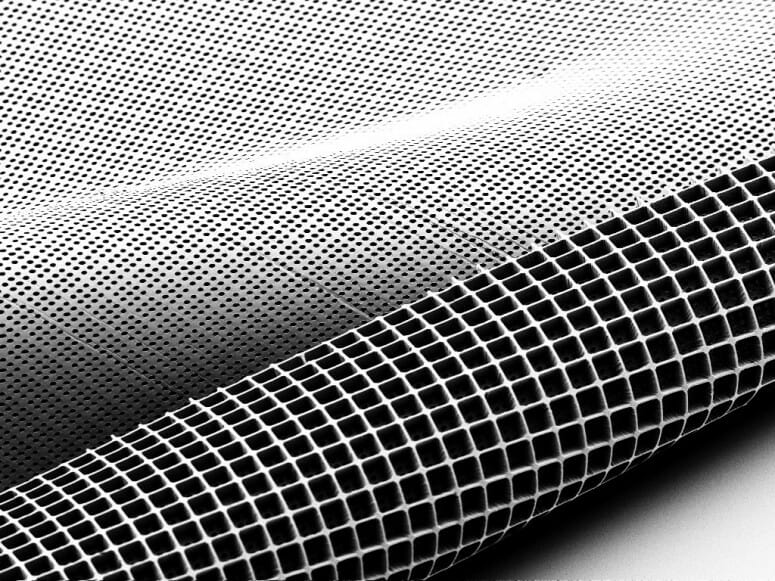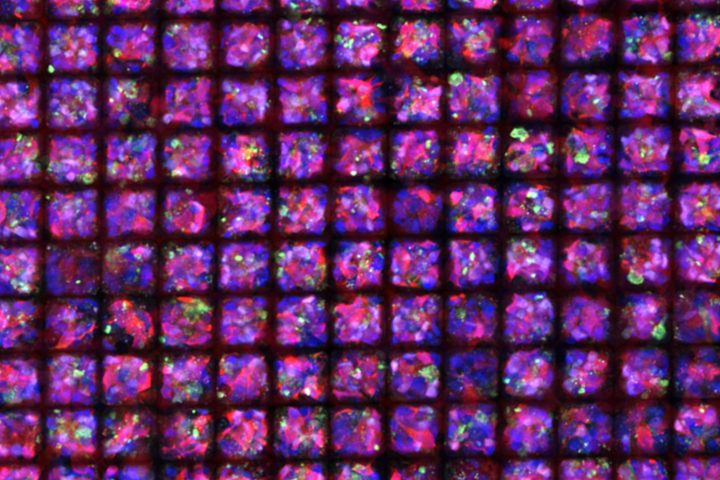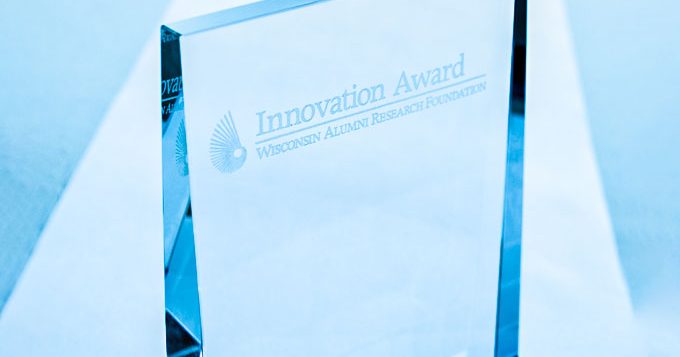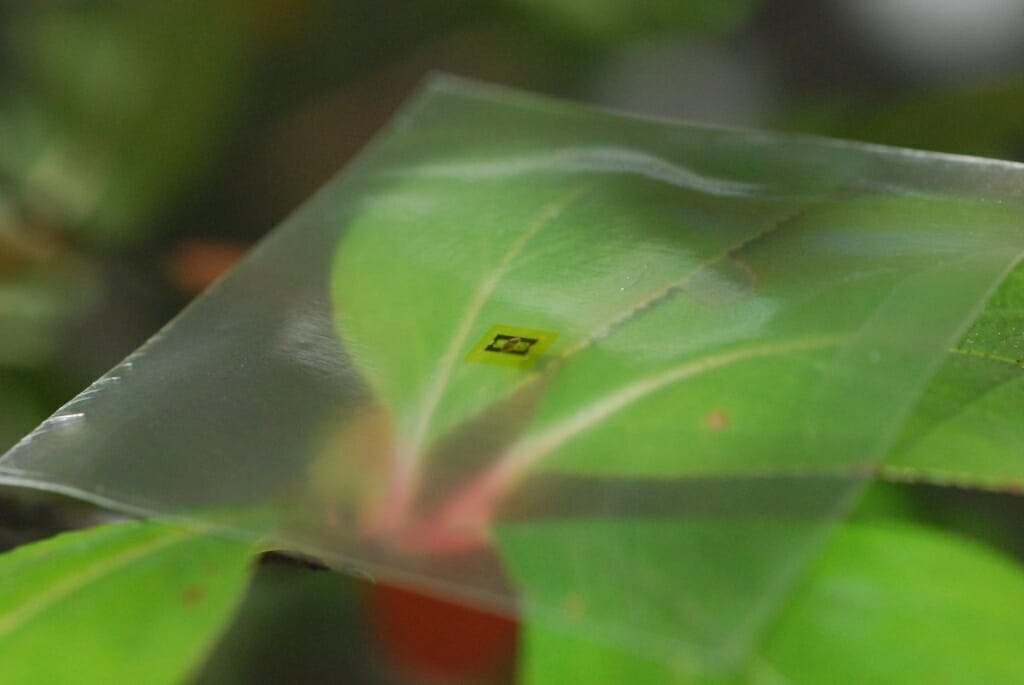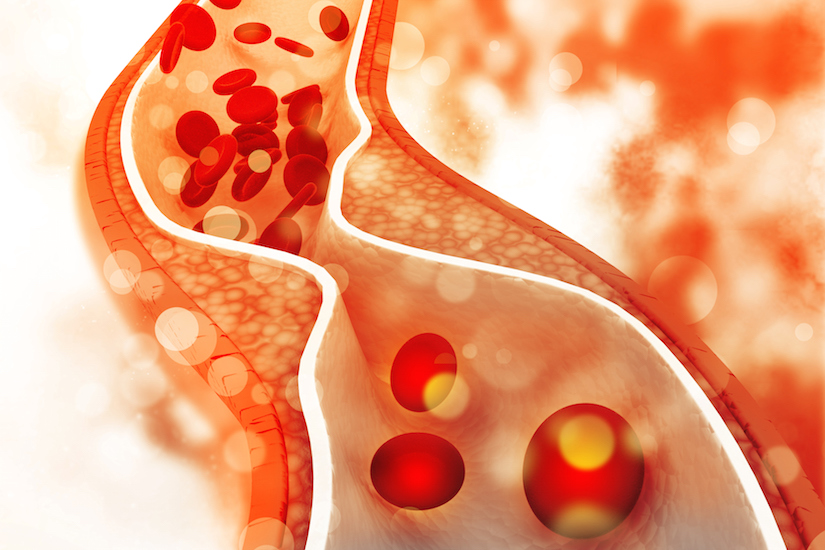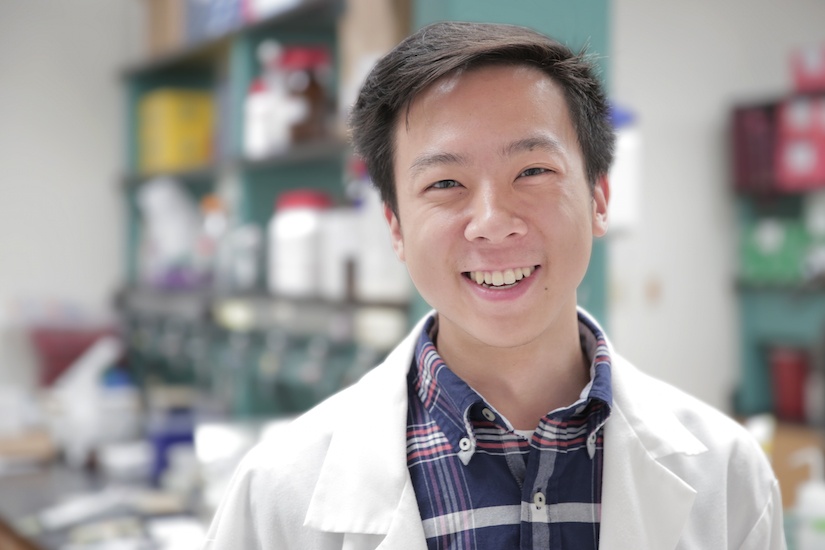Advances in nanotechnology have important implications for tissue engineering, gene editing, precision medicine, and more.
For instance, WID scientists are advancing the science and engineering of manufacturing scaffolds with the aid of nanotechnology. These scaffolds will give cells a place to adhere while dividing, communicating, absorbing nutrients, and disposing of waste. The scaffolds will also provide a platform for various drug delivery modes.

